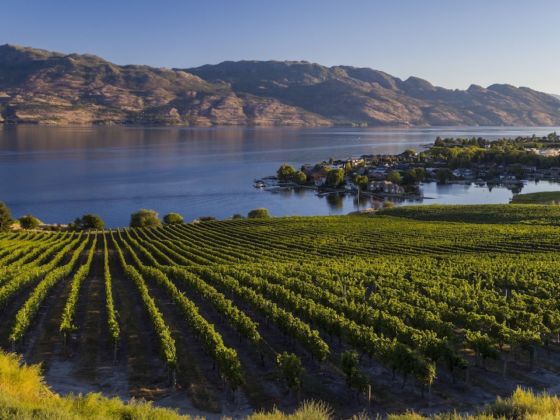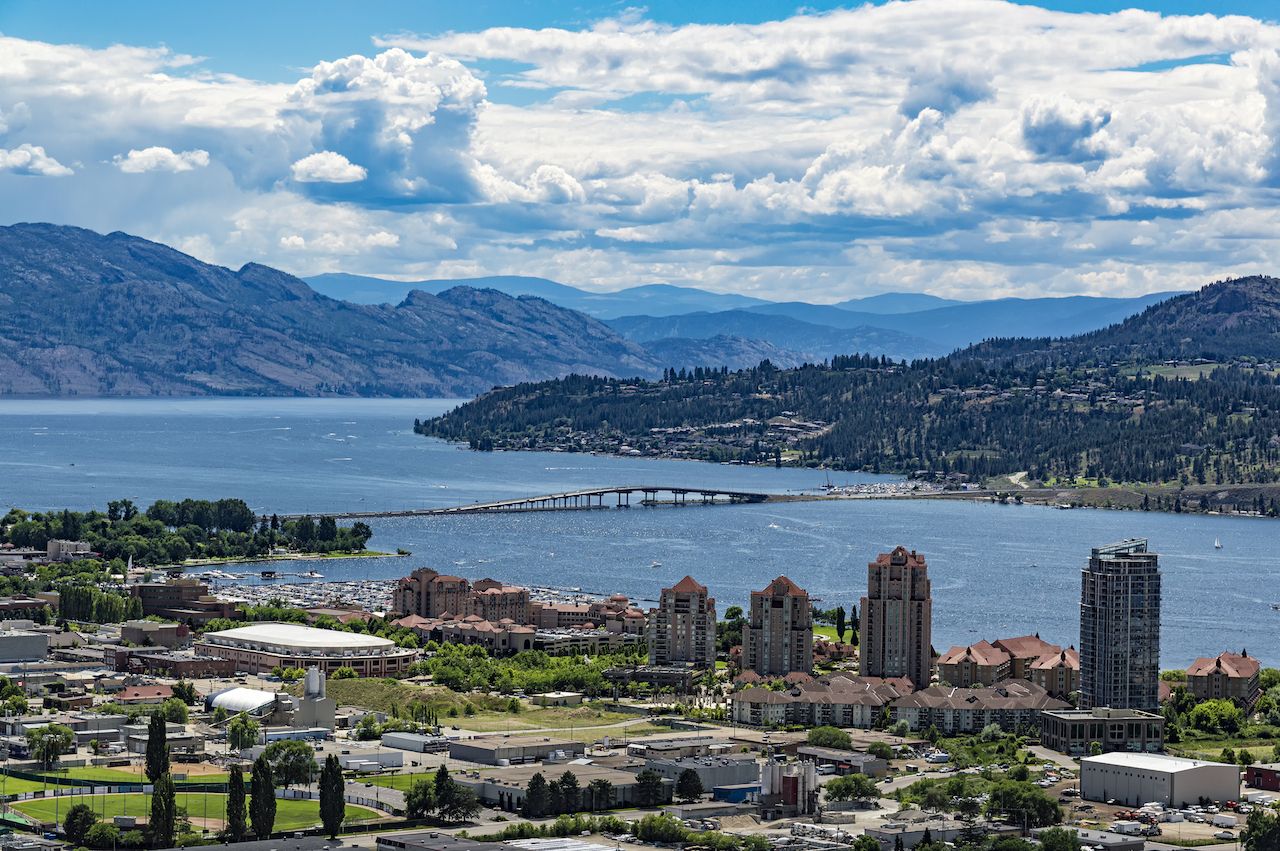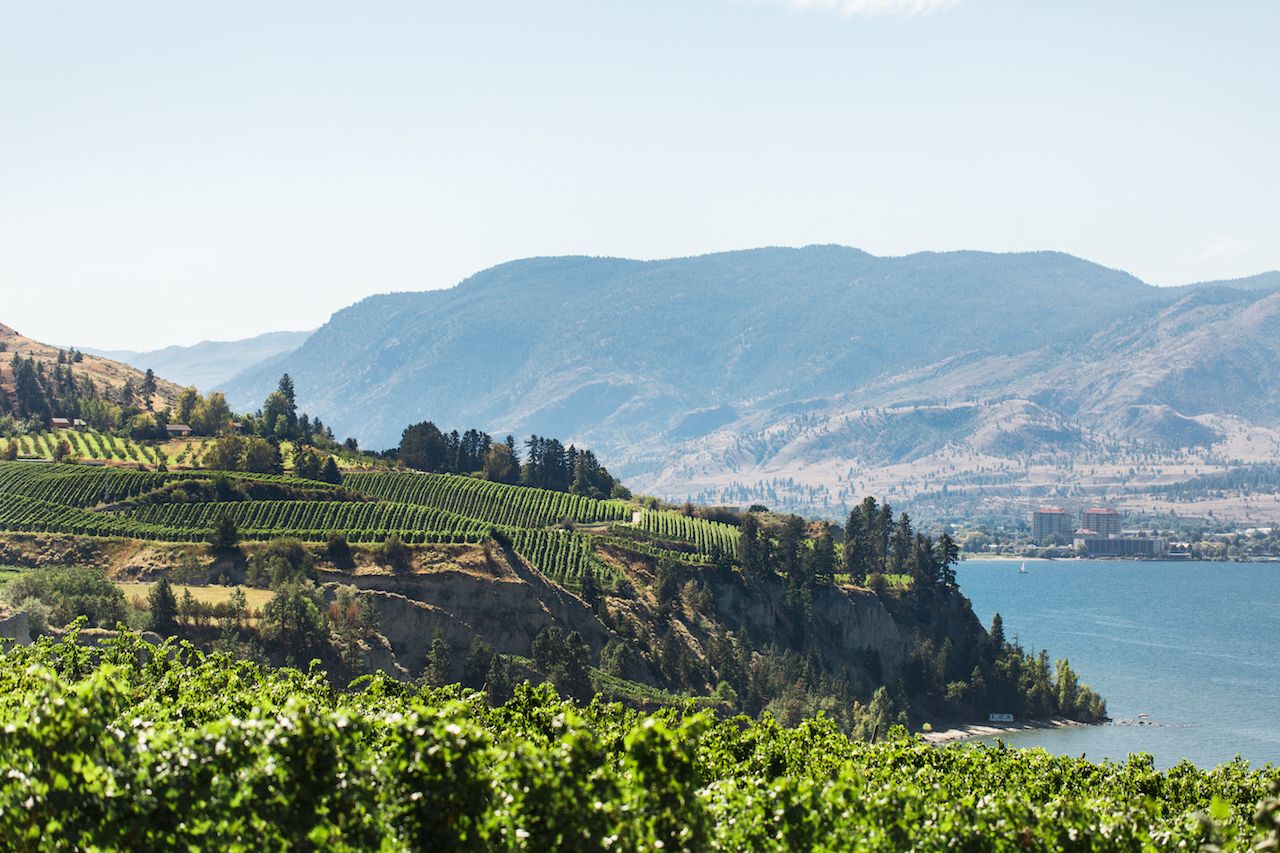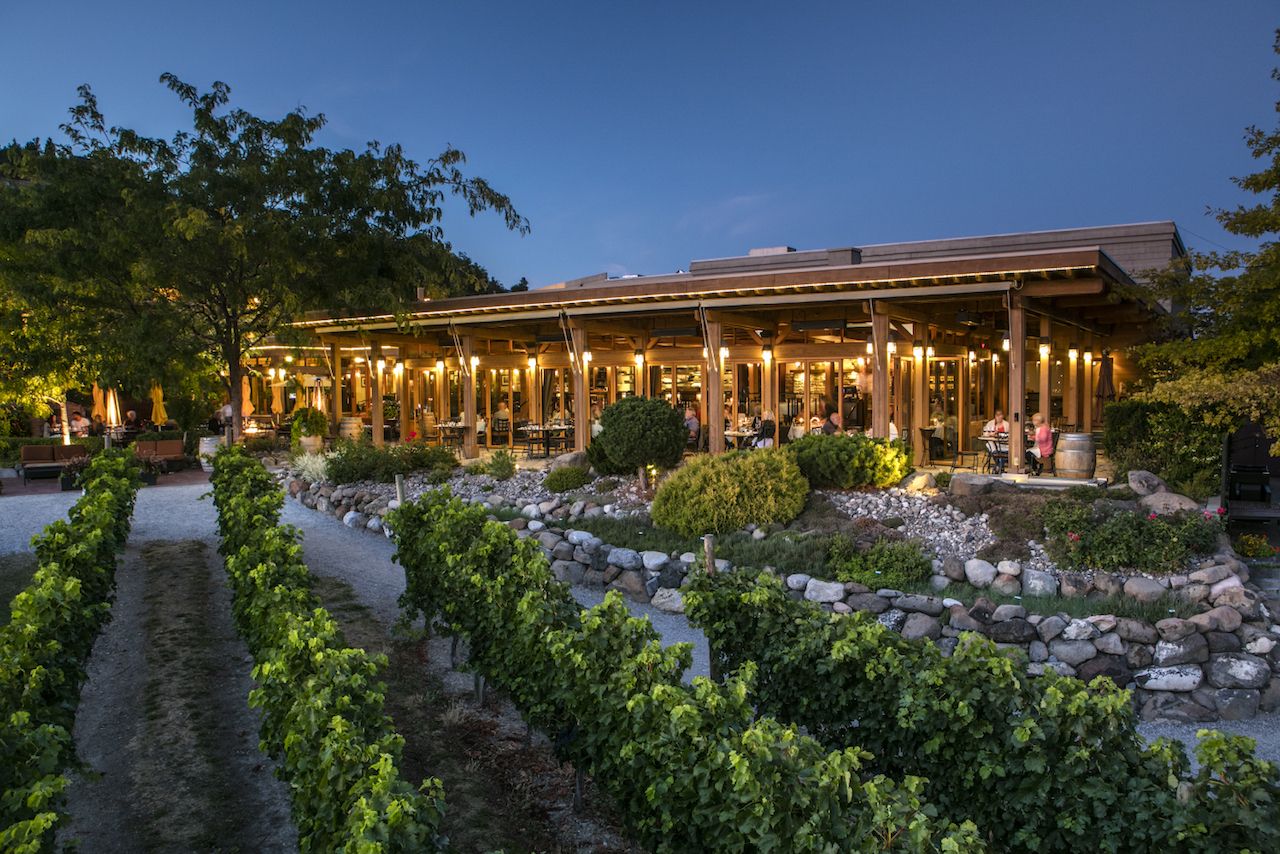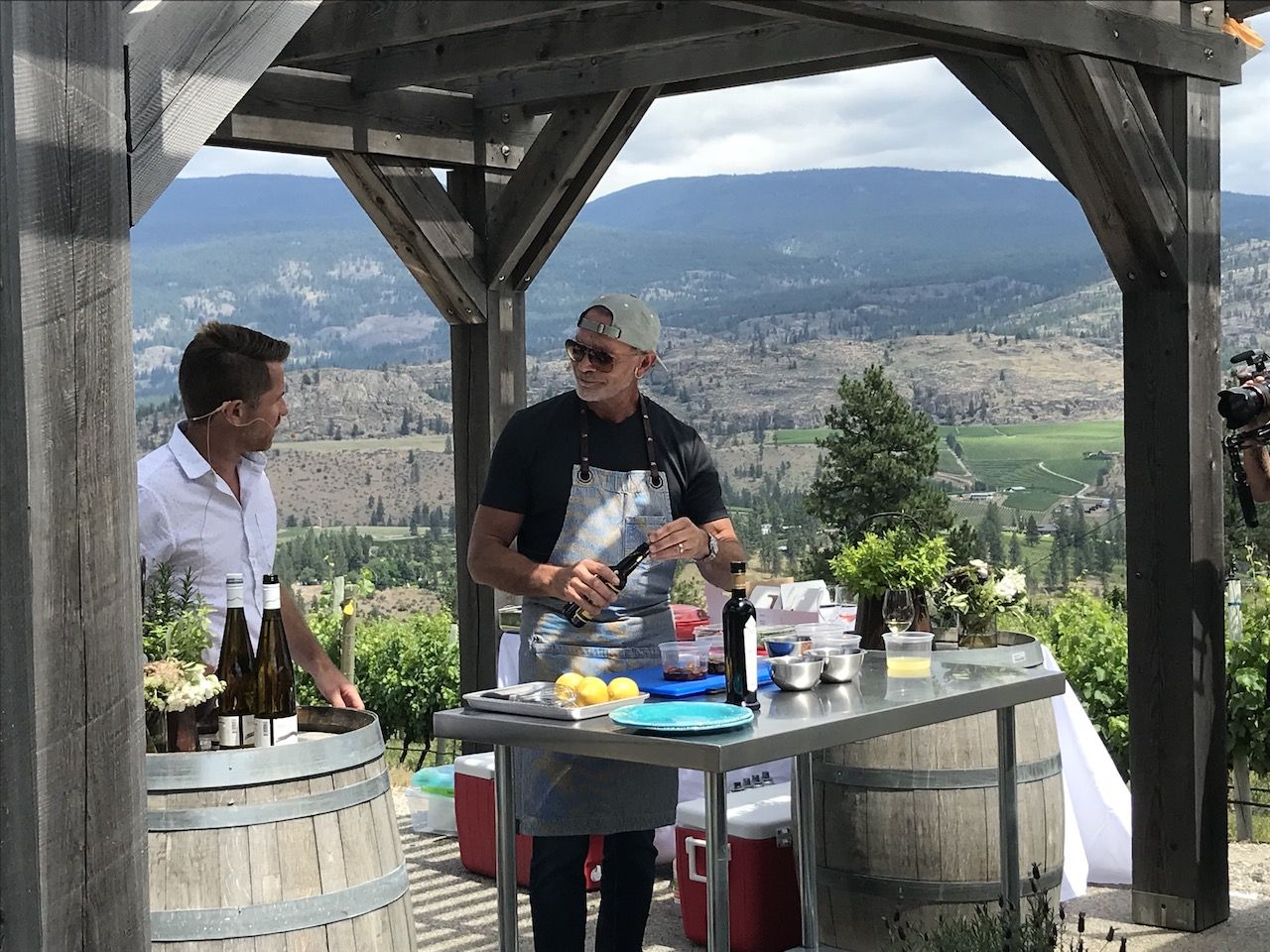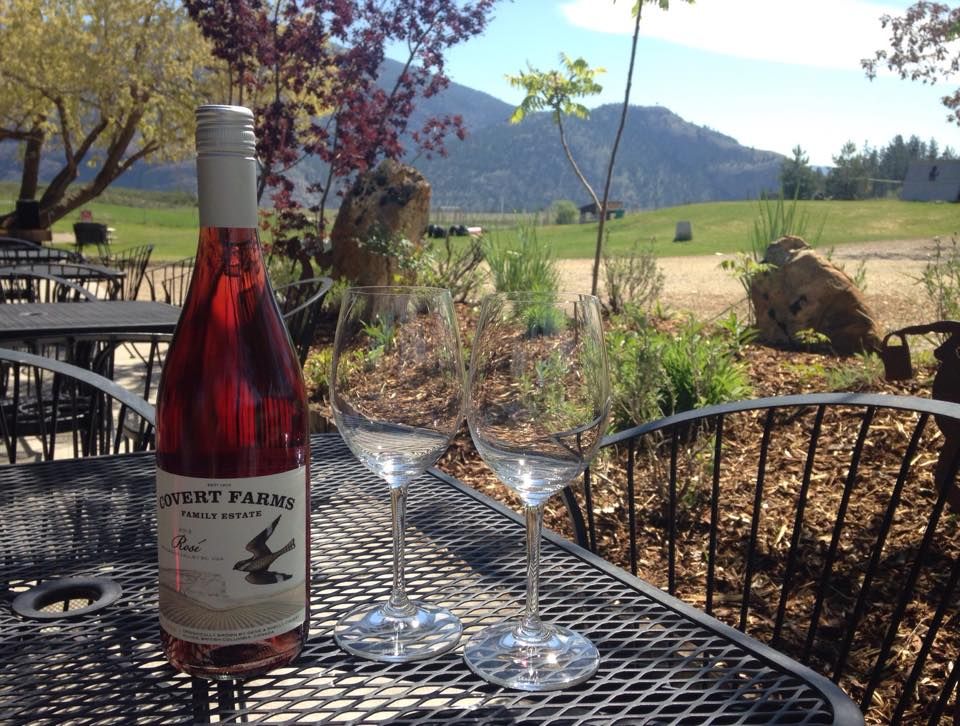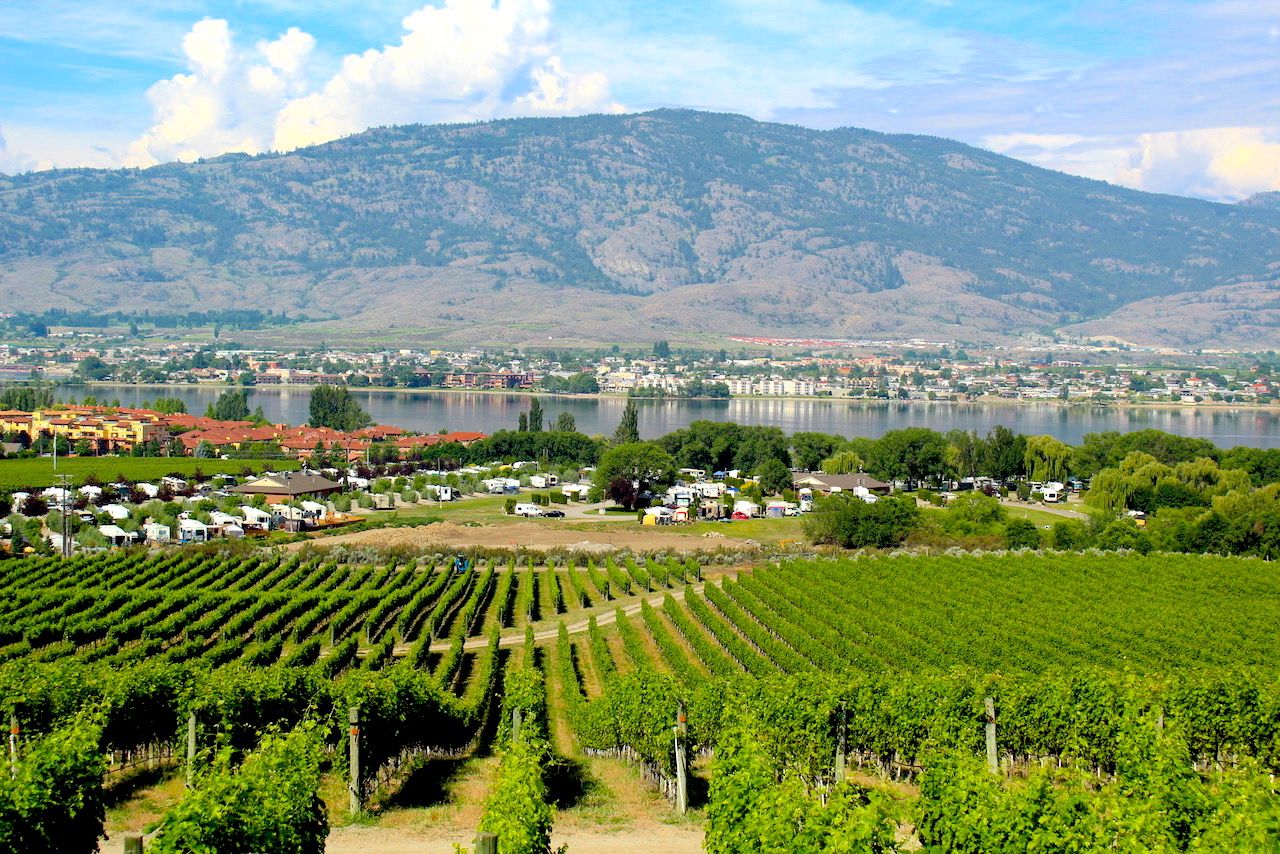It’s often easy to forget where you are in the world when sipping house-made wines on a lakeside patio while overlooking a valley ripe with vineyards. When it hits you, the realization that you’re in British Columbia may take a moment to set in, as western Canada hasn’t always been thought of as a world-class wine destination.
But with a near-perfect blend of wine touring, outdoor adventures, and stunning scenery, BC’s Okanagan Valley is solidifying its standing among the world’s elite wine destinations. Just a four-plus hours drive east of Vancouver (or 45 minutes by plane), the area is attracting travelers who want more than old-fashioned, sedentary, and expensive wine tour vacations. Here’s why the Okanagan Valley is the next Napa Valley.
